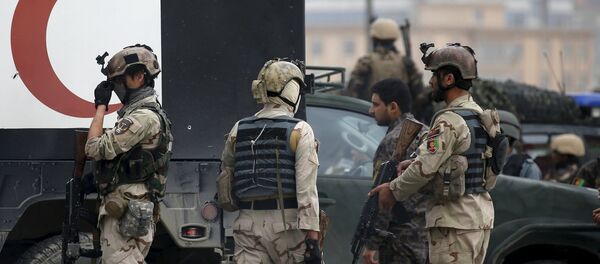Since the withdrawal of most of the international troops participating in the US-led NATO mission in Afghanistan at the end of 2014, the remaining forces have largely relied on unmanned aircraft in combat operations.
He explained that unmanned aerial vehicles are now the primary tools for supporting Afghan troops in the field, and also are used for directed strikes against targets. But, he added, fewer troops doesn't mean less financial or human cost.
Drone missions in Afghanistan have been strongly condemned by the international community, as locals and officials point out that they cause civilian casualties.
"We have the impression sometimes that drone strikes are so very precise and that civilian casualties are less, but it's not altogether clear that's the case, mostly because the US government has not yet really been transparent about providing information on the consequences of these drone strikes." Cortright said.
"But there's many cases where there have been civilian casualties, so with the shift towards drone aircraft, we're still going to see strikes that will be killing civilians and causing a lot of protest and resistance among civilians in Afghanistan."
The biggest problem, according to Cortright, is that the US is now continuing to pursue an aggressive military strategy in Afghanistan, a country already crushed by nearly 15 years of war since the Americans became involved.
"Why would we pursue a military strategy that hasn't really worked in 15 years? And we have smaller number of troops on the ground," he said.
"The thought that some weapons that we think are very accurate, the new technologies of drones, are going to make a difference in addressing the problems on the ground in Afghanistan, there's no basis for that. There's no interest, it seems, in a peace strategy."
According to a new US Air Force report, strikes conducted by unmanned US aircraft have outnumbered manned warplane attacks for the first time in Afghanistan, accounting for 56 percent of all bombs dropped by Air Force units in 2015. The increase is dramatic, compared to five percent in 2011, and the report suggests the ratio will continue to rise.
In the first quarter of 2016, the US Air Force dropped some 300 bombs in Afghanistan, with drones accounting for 61 percent of those attacks.







